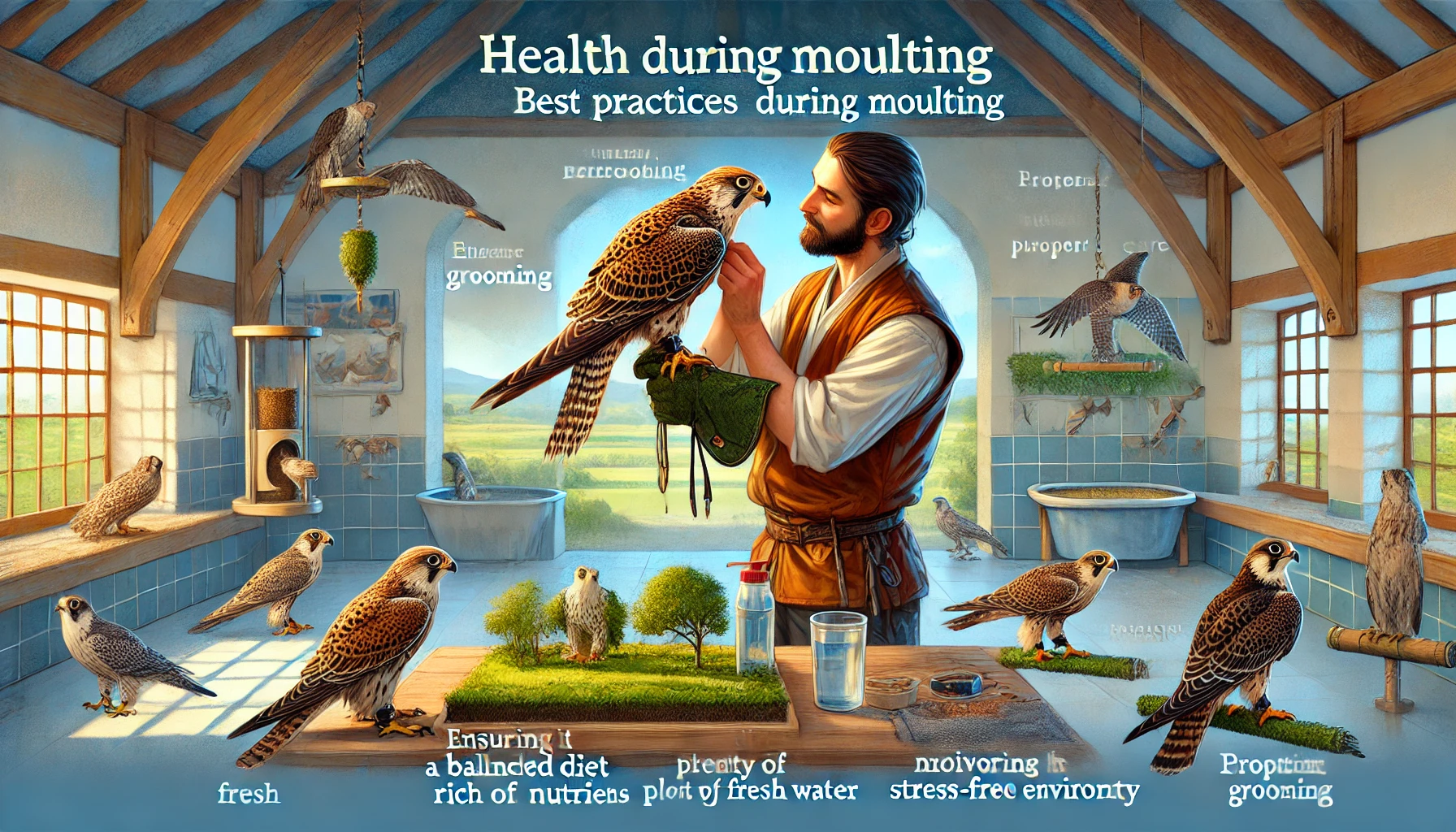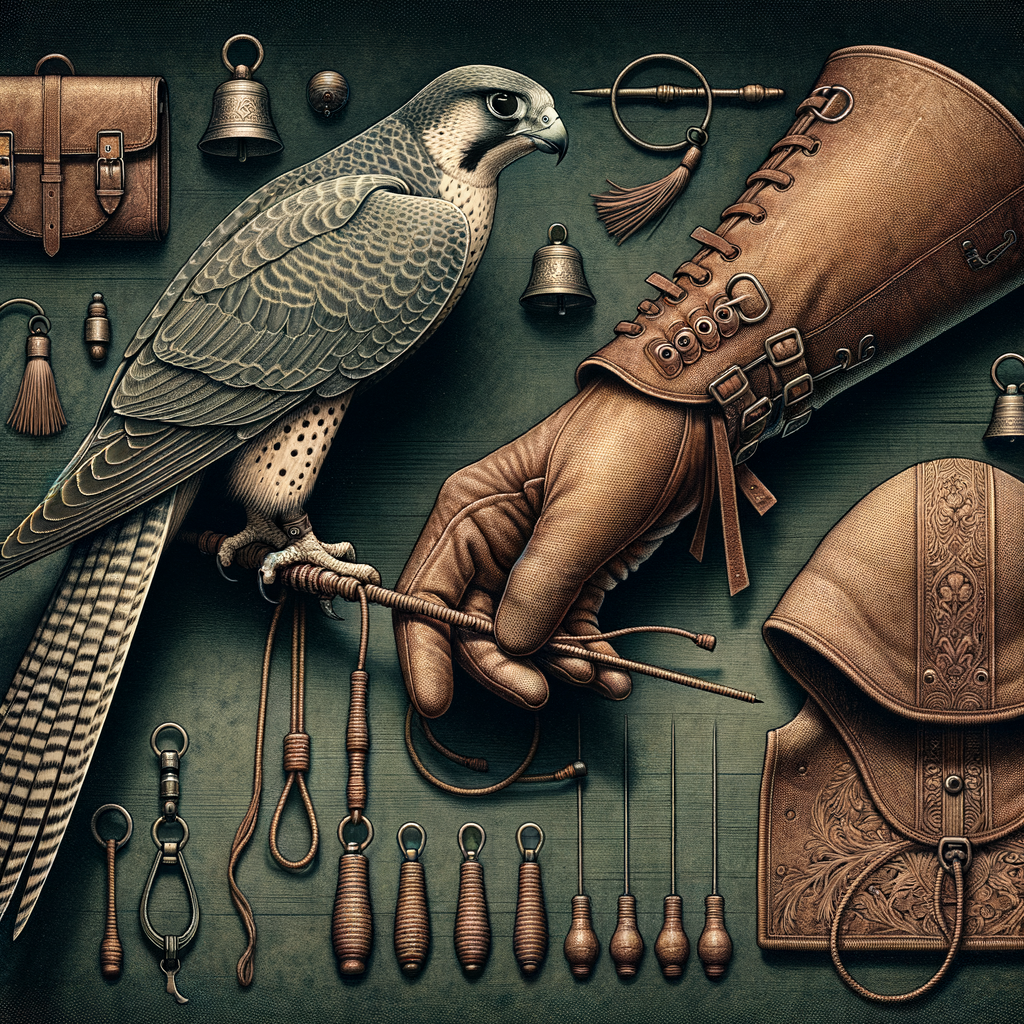Essential Care for Birds During Molting
- Understanding Molting: Molting is a natural process where birds shed old feathers to grow new ones.
- Nutritional Needs: Ensure birds have a diet rich in proteins and essential nutrients for healthy feather regrowth.
- Hydration is Key: Provide plenty of fresh water to keep birds hydrated during this energy-consuming period.
- Stress Management: Minimize stress by maintaining a calm and stable environment for your birds.
- Regular Health Checks: Monitor your birds for any signs of illness or abnormal molting patterns.
- Safe Grooming: Be gentle when handling or grooming birds to avoid damaging new feathers.
- Environmental Cleanliness: Keep living spaces clean to prevent infections and promote overall health.
- Mental Stimulation: Offer toys and social interaction to keep birds mentally engaged during molting.
- Consult Experts: Don’t hesitate to seek advice from avian experts or veterinarians if you have concerns about your birds’ health during molting.
Health Care During Moult: Why Your Falcon Needs Extra TLC
Imagine you’re strolling through the rolling emerald hills of Ireland, and you come across a sheep just beginning to shed its thick winter coat. Just like that sheep, your falcon also goes through a season of change, shedding old feathers to make way for new ones. This critical time, known as moulting, is when your bird needs extra care, a bit like how the shepherd keeps a close eye on the sheep to ensure it remains healthy and happy.
So, why should you keep reading? Think of it this way: just as a well-cared-for sheep recovers quickly and stays robust, a well-cared-for falcon during moulting emerges with beautiful, strong feathers. Stick with us, and you’ll learn the best practices to ensure your feathered friend thrives during this vital season.
Comprehensive Guide to Falcon Health During Moulting
Moulting is a critical time for falcons. During this period, they shed old feathers and grow new ones. This natural process is essential for their flight, hunting skills, and overall health. Ensuring proper moulting care will keep your falcon strong and healthy.
Understanding Falcon Moulting
Moulting usually occurs once a year and can take several months to complete. Each feather is replaced, ensuring that the falcon’s wings are in prime condition. Without proper care, a falcon may face difficulties flying and hunting.
Providing the Right Environment
A safe and stress-free environment is crucial during moulting. Ensure the space is large enough for the falcon to stretch its wings and includes perches and sheltered areas. Check out our faconry equipment for the best options to set up an ideal moulting space.
Nutrition During Moulting
Proper nutrition is vital for feather development. Falcons need a diet rich in protein, vitamins, and minerals. Continue offering balanced meals that cater to their nutritional needs. Learn more about falcon health nutrition for detailed diet plans.
Hydration is Key
Water plays a significant role in the moulting process. Always provide clean, fresh water, and encourage your falcon to bathe, as it helps in feather growth. Our bathing and watering equipment can help you maintain hygiene and ease the moulting process.
Regular Health Checks
Keep an eye on your falcon for any signs of health issues during moulting. Weight management is crucial since a healthy weight supports feather growth and overall wellbeing. For a complete guide on health monitoring, visit our page on routine health check-ups.
Comfort and Care
Using appropriate falconry techniques during moulting can make a significant difference. Avoid excessive handling and ensure your falcon gets ample rest. For more on feather care and grooming, check our grooming maintenance page.
Essential Tools for Moulting
Equipping yourself with the right tools can make moulting easier for you and your falcon. Explore our essential falconry kit to find items that support easy maintenance and effective moulting care. Additionally, you may want to consider using scales for weighing to monitor your falcon’s weight accurately.
Training Adjustments
During the moulting season, it’s essential to reduce intense training sessions. Focus on lightweight activities to keep your falcon active without causing stress. Visit our basic training techniques page for ideas on how to adapt your training routines during this period.
Seasonal Transition
Moulting often coincides with seasonal changes, impacting your falcon’s health. Prepare for these transitions by understanding how different seasons affect your bird. Our page on seasonal health care offers tips and advice.
Following these steps for moulting care will ensure that your falcon remains healthy and strong. For more detailed information and tips, check out our sections on falcon health and nutrition and training techniques. Happy moulting season!
During the moulting season, falcons undergo significant physiological changes, making it crucial to understand and manage their health properly. Here we explore various aspects surrounding the health care of falcons during moulting.
Molt Progression and Timing
In birds of prey such as peregrine falcons, the molt typically begins from the front of the bird and progresses backward. The following is a general moulting timeline for peregrine falcons:
| Stage | Feather Type | Feather Molt Sequence |
|---|---|---|
| Initial Stage | Primary Feathers | Begins with P4 |
| Intermediary Stage | Primary Feathers | Moves both inward and outward |
| Final Stage | Secondary Feathers | Symmetrical replacement |
Key Points:
- Primary Feathers: The molt starts from the fourth innermost primary feather (P4) and moves inward and outward symmetrically.
- Cycle Timing: The molt cycle does not depend on the feather’s condition. Feathers are systematically replaced for the bird’s preparedness.
Energy Intensity
The process of moulting is highly energy-intensive and involves the replacement of a large area of the bird’s body. This has the following implications:
- Feather Weight: Feathers make up about a sixth of a bird’s total weight.
- Comparative Weight: The entire plumage of a peregrine falcon often weighs three times more than its skeleton.
| Element | Weight (as part of total body weight) |
|---|---|
| Feathers | 1/6 of total weight |
| Plumage | 3x the weight of skeleton |
Feeding Needs: Due to the high energy demand, falcons may require additional nutrition to support the moulting process effectively.
Hormonal Influence
Hormones play a crucial role in regulating moulting:
- Sex Hormones: Hormonal changes stimulate the growth and shedding of feathers. This ensures that falcons are adequately prepared for activities such as incubation and flight.
- Hormonal Balance: Maintaining an optimal hormonal balance is essential for the smooth progression of the molt.
Regional Variations
While there could be regional variations in moulting patterns among peregrine falcons, specific data for 2024 is not yet available. However, understanding local environmental conditions can help tailor health care strategies for moulting falcons.
| Region | Potential Variation |
|---|---|
| Coastal Areas | Earlier initiation due to mild climate |
| Inland Areas | Extended duration due to harsher weather |
Final Thoughts on Falconry Health During Moult
Caring for falcons during their moulting process is a crucial aspect of ensuring their overall health and well-being. From the insights provided by various studies, we see that moulting is a complex process influenced by multiple factors, including diet, timing, energy requirements, and hormonal changes.
Understanding the moulting patterns and dietary needs of birds like Swainson’s Thrushes highlights the importance of proper nutrition, as they adjust their diets during different stages of the moult. The process is energy-intensive, necessitating a balanced intake to support feather replacement and maintain strength and vitality.
Moult progression, especially in birds of prey such as peregrine falcons, follows a systematic pattern where feathers are replaced symmetrically to ensure readiness for flight. This natural process ensures that even during periods of inactivity, birds are preparing for future activities.
Keeping an eye on regional variations and understanding the hormonal influences can further help in optimizing care for these magnificent creatures. By paying close attention to their needs during moult, we can contribute significantly to their health, making sure they remain strong and resilient.
Remember, providing the best care during moulting is essential for the falcons’ health and their ability to thrive in both wild and controlled environments. Taking these steps will ensure that your falcon flies strong and soars high.



